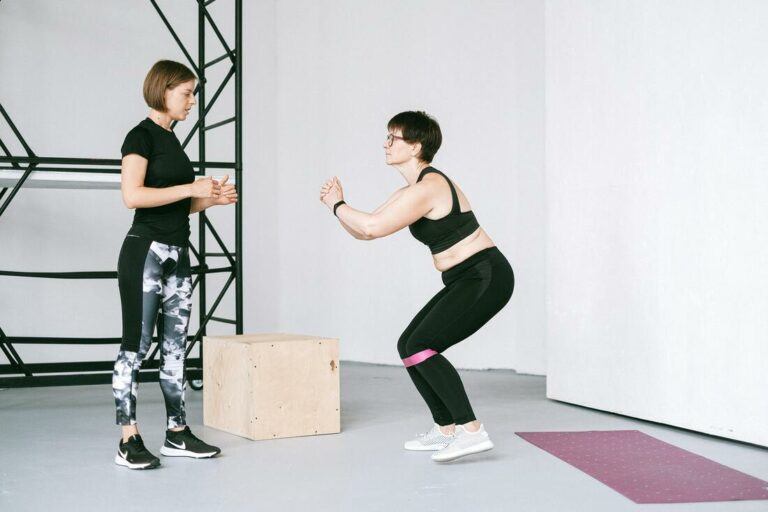Ever feel a tightness in your hips that hinders your running stride?
You’re not alone.
Tight hip flexors, those muscles at the front of your hip responsible for lifting your leg, can be a common culprit behind inefficient running form and even injuries.
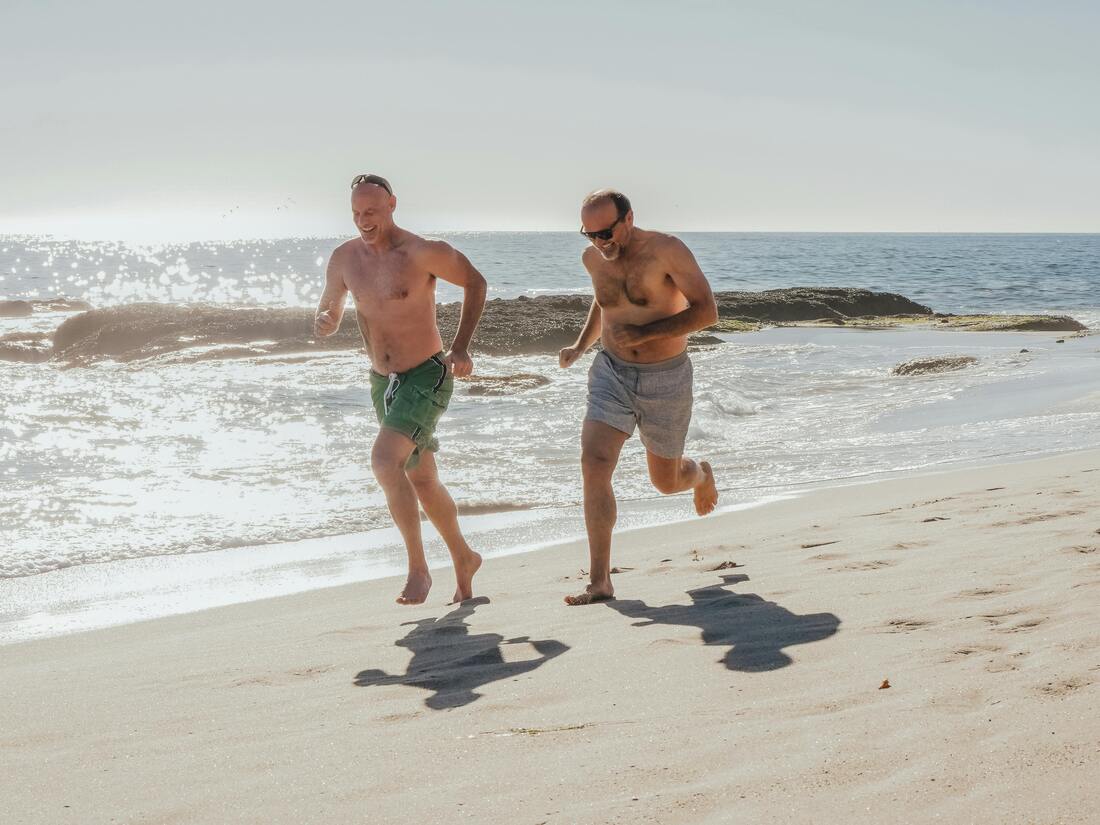
Imagine effortlessly gliding across the pavement, each stride powerful and efficient.
That’s the magic of loose hip flexors for runners.
By improving their flexibility, you can unlock a world of benefits:
- Increased Stride Length: Looser hip flexors allow for greater hip extension, propelling you forward with each stride.
- Improved Running Economy: Efficient hip movement translates to less wasted energy, allowing you to run further or faster.
- Reduced Risk of Injury: Tight hip flexors can pull on your lower back and contribute to running injuries. Improved flexibility helps prevent these issues.
- Enhanced Running Form: Loose hip flexors promote proper hip alignment and a smoother running motion.
Here we will delve into the world of hip flexors for runners.
We’ll explore the signs of tight hip flexors, how they affect your running form, and unveil effective strategies to loosen them up.
Get ready to transform your running experience with improved flexibility and a more efficient stride!
Key Takeaways
- Tight hip flexors can significantly limit your running stride, hinder performance, and increase your risk of injury.
- Looser hip flexors allow for greater hip extension, leading to a more powerful and efficient running form.
- This blog provides various strategies to improve hip flexor flexibility, including dynamic stretches, static stretches, and strengthening exercises.
- Consistency is key! Regularly incorporating these strategies into your routine will lead to noticeable improvements in your hip flexibility and running performance.
- Consult a qualified healthcare professional for personalized guidance on improving your running form.
Signs of Tight Hip Flexors
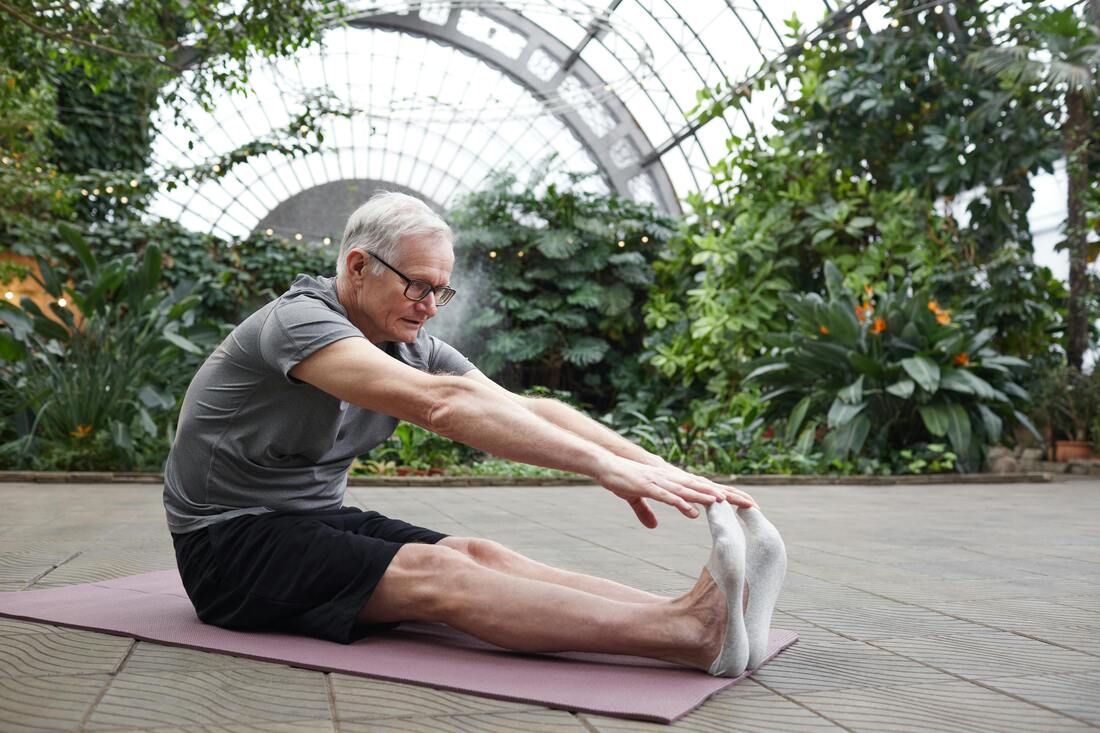
- Difficulty bending over and touching your toes.
- A feeling of tightness or pulling sensation in the front of your hip when running.
- Excessive lower back arch during running.
- Limited range of motion in your hip joint.
How Tight Hip Flexors Affect Your Running Form

Tight hip flexors restrict your hip extension, limiting your stride length and forcing you to overcompensate with other muscle groups.
This can lead to:
- Shorter strides: Your legs can’t reach their full range of motion, resulting in shorter, choppier strides.
- Overstriding: You might land with your heel ahead of your body, putting excessive stress on your ankles and knees.
- Poor posture: Tight hip flexors can pull on your lower back, leading to excessive curvature and inefficient running posture.
Strategies to Loosen Up Tight Hip Flexors
1. Dynamic Stretches
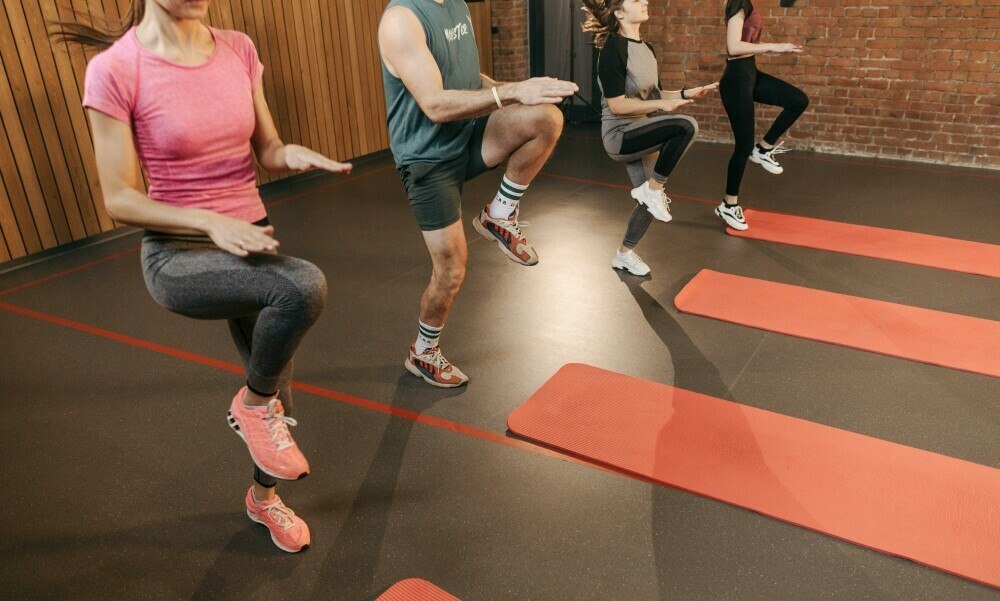
Perform these stretches before your run to warm up your muscles and improve hip mobility.
- High Knees: Run in place while bringing your knees towards your chest with each step.
- Butt Kicks: Run in place while kicking your heels towards your glutes.
- Leg Swings: Stand on one leg and swing your other leg forward and backward, keeping your core engaged.
2. Static Stretches
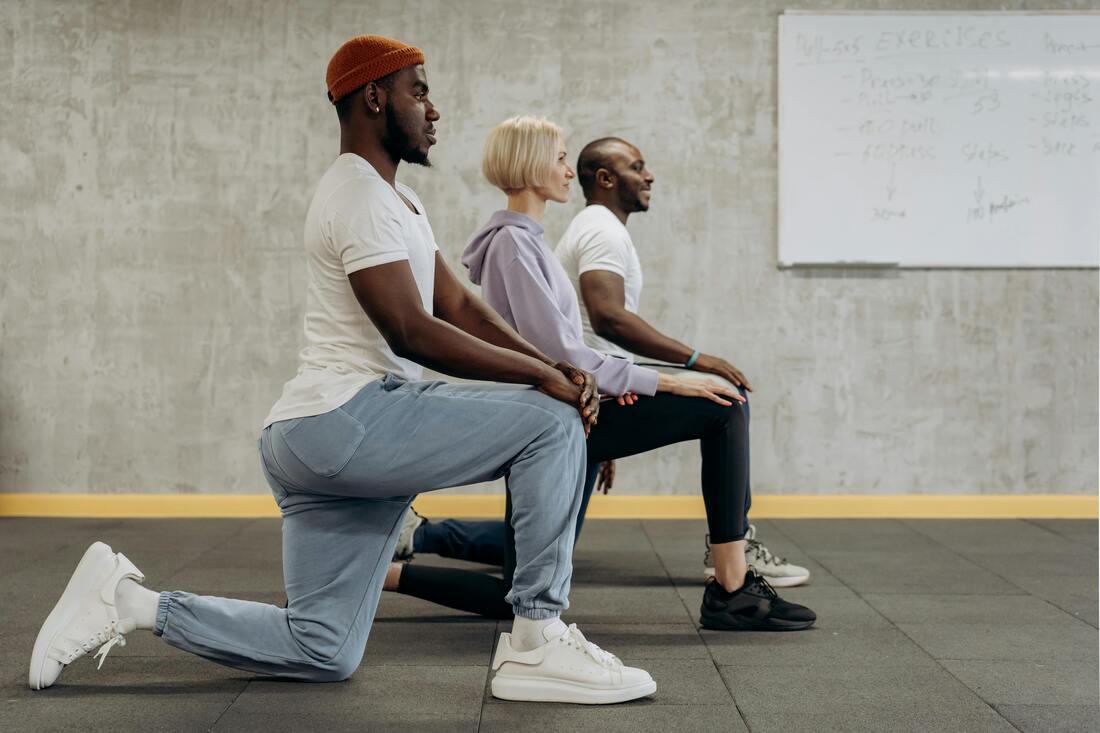
Hold these stretches for 30 seconds each side after your run to improve long-term hip flexibility.
- Kneeling Hip Flexor Stretch: Kneel on one knee with your other foot flat on the floor in front of you. Lean forward from your hips, keeping your back straight, until you feel a stretch in the front of your hip on the kneeling leg.
- Pigeon Pose: Start on your hands and knees, slide one knee forward between your hands and lower your hips towards the ground. Gently lean forward and feel the stretch in your front hip flexor. Hold for 30 seconds each side.
- Lying Hip Flexor Stretch: Lie on your back with both legs extended. Bring one leg towards your chest and grasp behind your thigh. Gently pull your knee closer to your chest until you feel a stretch in your hip flexor. Hold for 30 seconds each side.
3. Strengthening Exercises
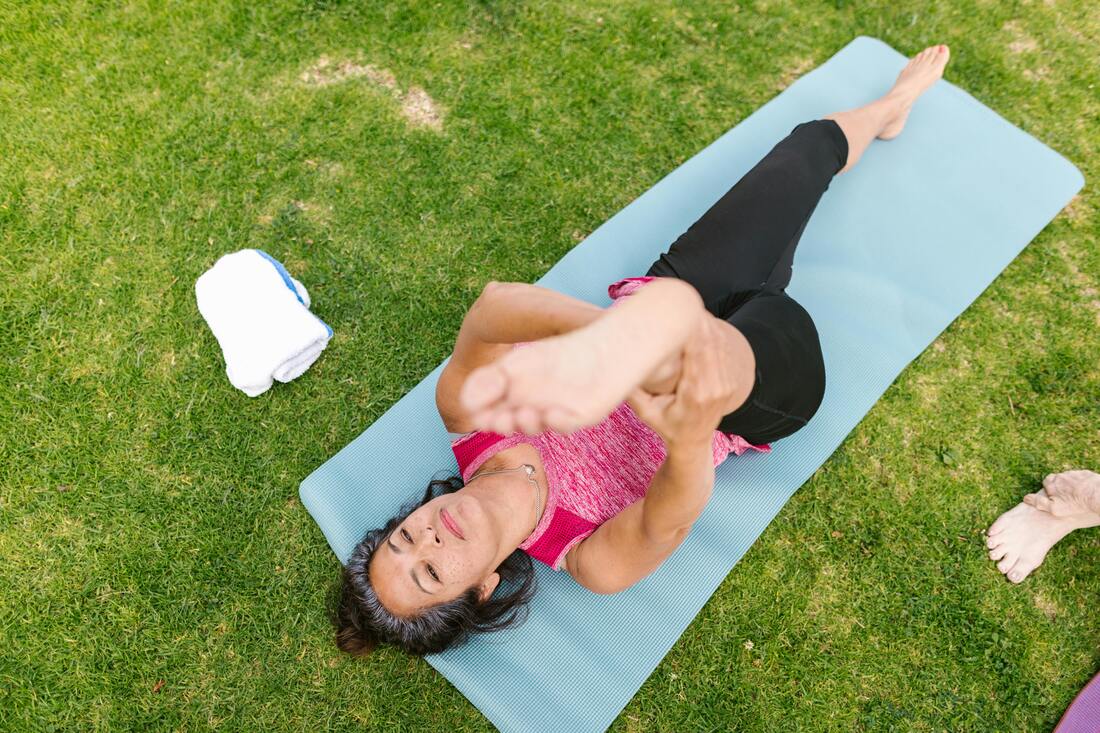
Stronger hip flexors can help improve flexibility and overall running efficiency.
Here are some beginner-friendly exercises:
- Straight Leg Raises: Lie on your back and lift one leg straight up towards the ceiling as high as comfortable. Hold for a few seconds, then slowly lower back down. Repeat with the other leg.
- Walking Lunges: Step forward with one leg, lowering your hips until both knees are bent at 90-degree angles. Push off your front heel to return to standing, then repeat with the other leg.
Additional Tips
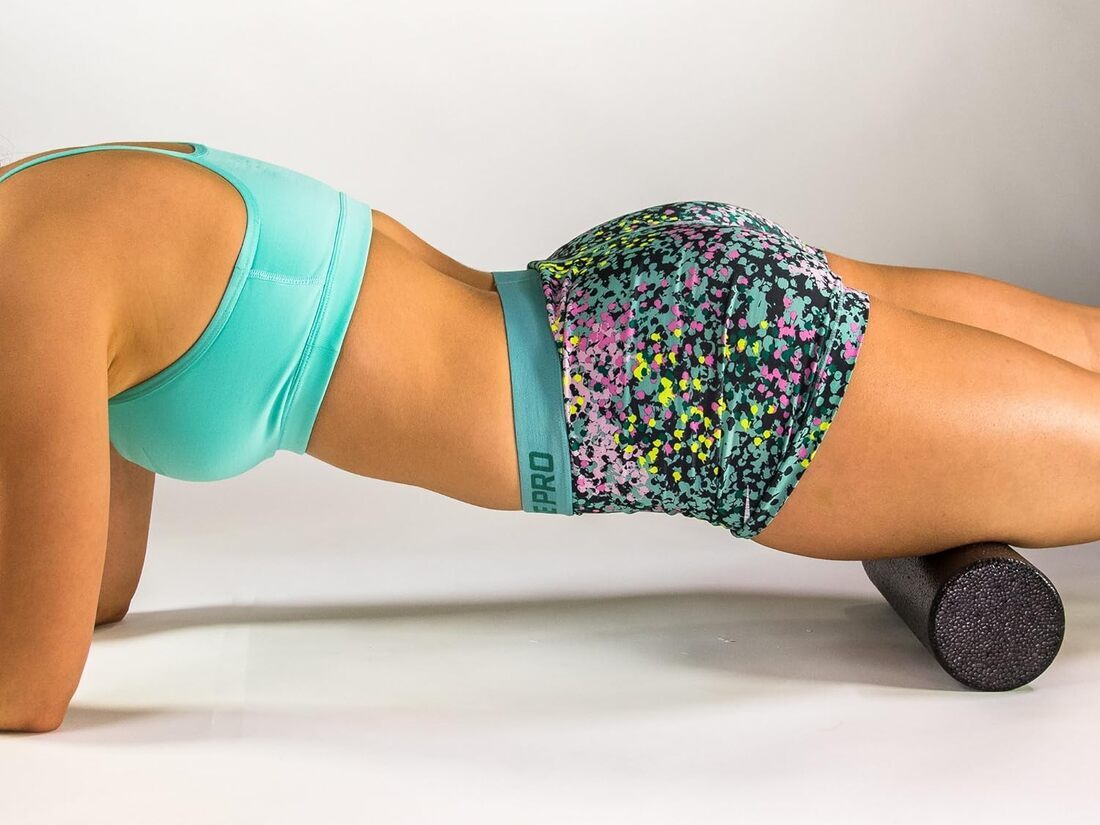
- Foam rolling: Use a foam roller to target tight spots in your hip flexors before your stretches.
- Maintain good posture: Focus on proper posture throughout the day to prevent tightness in your hip flexors. This includes keeping your core engaged, shoulders back, and avoiding slouching.
- Strength training: Regularly incorporating core and glute strengthening exercises can improve overall hip stability and flexibility.
- Listen to your body: If you experience any pain during your stretches or exercises, stop and consult a healthcare professional.
Table: The Impact of Hip Flexor Flexibility on Running Form
| Hip Flexor Flexibility | Running Form |
|---|---|
| Tight | Shorter strides, overstriding, poor posture |
| Loose | Increased stride length, improved running economy, reduced risk of injury, enhanced running form |
FAQs: Hip Flexors and Running Form
Q: How often should I stretch my hip flexors?
- A: Aim to incorporate hip flexor stretches into your routine at least 2-3 times per week. Stretching after your run and on rest days is beneficial.
Q: Can I improve my hip flexor flexibility without stretching?
- A: While stretching is crucial, strengthening exercises for your hip flexors and core can also contribute to improved flexibility.
Q: I have a desk job that requires sitting for long periods. How can I prevent tight hip flexors?
- A: Regularly get up and move around throughout your workday. Perform some simple hip flexor stretches at your desk to prevent tightness.
Q: Should I see a physical therapist if I have persistent hip pain?
- A: Absolutely! A physical therapist can assess your running form, identify any underlying issues, and recommend personalized stretches and exercises to improve your hip flexibility and running efficiency.
Conclusion: Unleash Your Running Potential with Loose Hips
By incorporating these strategies into your routine, you can loosen up your hip flexors, improve your running form, and experience the joy of a more efficient and enjoyable run.
Remember, consistency is key!
Make these stretches and exercises a regular part of your training program, and witness the transformation in your running performance.
Happy running!
Citation
American Council on Exercise. (n.d.). How to Improve Your Running Form. ACE Library.


